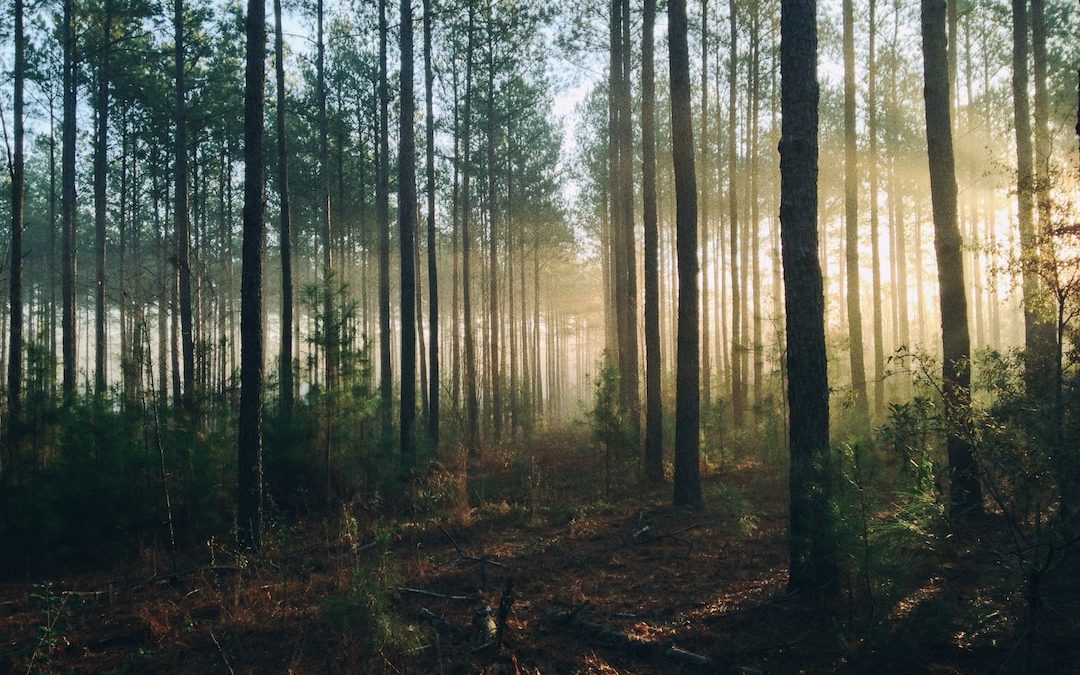Table of Contents
Exploring Nature’s Wonder Jobs with an Environmental Scientist
Introduction
Environmental scientists study the physical, chemical and biological aspects of the environment and how they interact with each other. They investigate the impact of human activities on the environment, and develop solutions to environmental problems. Working as an environmental scientist is one of the most rewarding and fascinating jobs in the world. It requires a combination of skills, knowledge, and dedication to ensure the safety and health of the environment. In this blog post, we’ll explore the unique and exciting jobs of an environmental scientist and how they contribute to protecting and preserving the environment.
Working with Communities
One of the main roles of an environmental scientist is to work with communities to help improve their quality of life. Environmental scientists work with local authorities, businesses, and other organizations to develop, implement, and monitor plans that affect the environment. They consult with communities and stakeholders to discuss potential environmental issues and solutions, and they use their expertise to develop plans that are both effective and environmentally friendly. Environmental scientists also help to educate the public on the importance of protecting and preserving the environment.
Developing Solutions
Environmental scientists are responsible for finding solutions to environmental problems. They use their knowledge of the environment to develop plans and strategies for addressing environmental issues. These solutions may include the implementation of new technologies, the development of environmental policies and regulations, or the creation of new methods of energy production. Environmental scientists use their expertise to develop solutions that are both environmentally friendly and economically viable.
Monitoring the Environment
Monitoring the environment is an important part of an environmental scientist’s job. They use a variety of tools and techniques to monitor changes in the environment and to assess the impact of human activities on the environment. Environmental scientists use their observations to identify potential environmental hazards, and they use their knowledge of the environment to develop strategies for addressing these hazards.
Conducting Research
Environmental scientists are also responsible for conducting research on a variety of topics related to the environment. They use their research to understand the impact of human activities on the environment, and to develop solutions to environmental issues. Environmental scientists may conduct field work to collect data, analyze samples in the laboratory, or use computer simulations to study the environment.
Creating Information Campaigns
Environmental scientists often work with the media to create information campaigns about environmental issues. They develop materials such as webpages, videos, and brochures to educate the public about the importance of protecting and preserving the environment. Environmental scientists also work with schools and other organizations to create environmental education programs.
Writing Reports and Presentations
Environmental scientists are also responsible for writing reports and presentations about their research and findings. They use their reports and presentations to communicate their findings and solutions to environmental issues to the public and other stakeholders. Environmental scientists use their reports and presentations to convince others to take action to protect and preserve the environment.
Managing Resources
Environmental scientists are also responsible for managing resources. They work with businesses and other organizations to develop plans for managing resources such as water, energy, and land. Environmental scientists may also work with the government to develop policies and regulations that promote the sustainable use of resources.
Analyzing Data
Analyzing data is an important part of an environmental scientist’s job. They use their knowledge of the environment to analyze data collected from field studies, laboratory experiments, and computer simulations. Environmental scientists use their findings to develop strategies for addressing environmental issues.
Testing Products
Environmental scientists may also be responsible for testing products for environmental safety. They use their knowledge of the environment to assess the potential impact of a product on the environment. Environmental scientists may also be responsible for ensuring that a product meets environmental standards and regulations.
Teaching and Mentoring
Environmental scientists often work as teachers and mentors. They may teach courses at universities and colleges, or mentor students who are interested in pursuing careers in the environmental sciences. Environmental scientists also work to educate the public about the importance of protecting and preserving the environment.
Conclusion
Environmental scientists play an important role in protecting and preserving the environment. They use their knowledge of the environment to develop solutions to environmental problems, monitor changes in the environment, and create information campaigns to educate the public on the importance of protecting and preserving the environment. Environmental scientists are also responsible for conducting research, analyzing data, testing products, and teaching and mentoring. Working as an environmental scientist is one of the most rewarding and fascinating jobs in the world, and it requires a combination of skills, knowledge, and dedication to ensure the safety and health of the environment.












